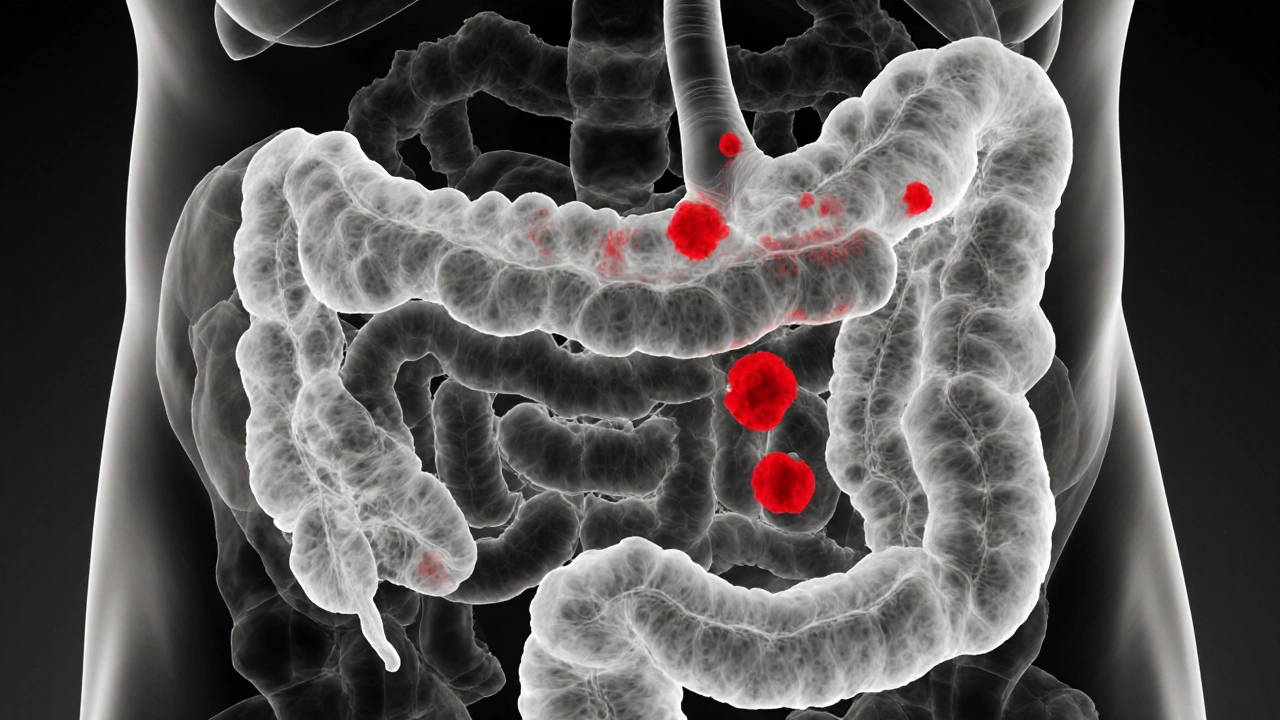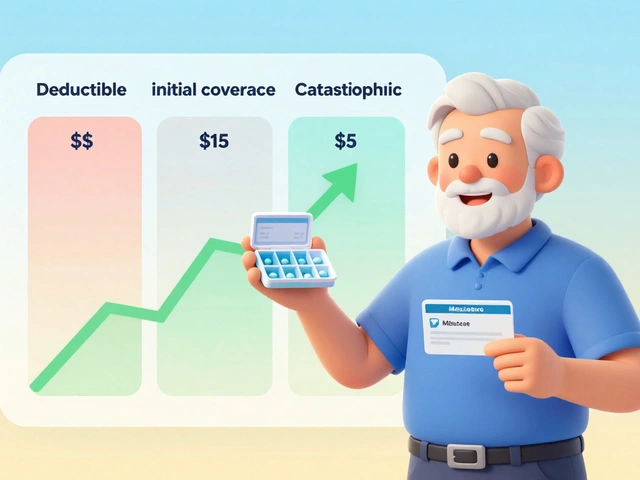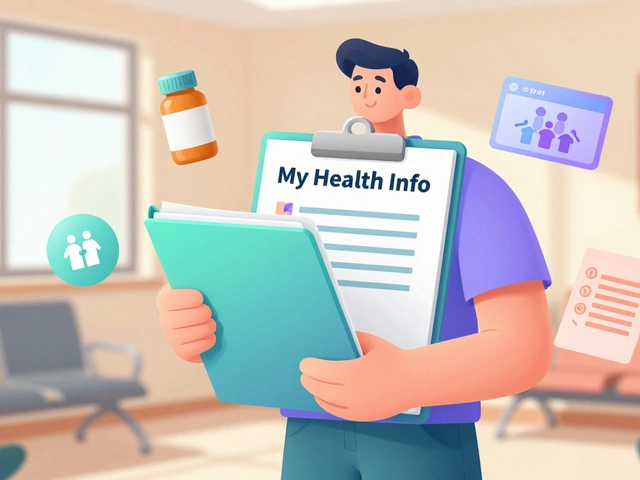Surveillance in Pharmacy: Monitoring Medications, Errors, and Public Health
When we talk about surveillance, the systematic tracking of health outcomes to protect patients and guide treatment decisions. Also known as pharmacovigilance, it’s not just about government reports or hospital logs—it’s the quiet watchfulness that stops bad drugs from hurting more people. Every time someone notices an unexpected reaction after taking a new pill, or a clinic starts tracking how often patients mix up their meds, that’s surveillance in action. It’s what connects a single patient’s story to a nationwide safety alert.
Surveillance doesn’t just track side effects—it catches medication errors, mistakes in prescribing, dispensing, or taking drugs that aren’t side effects but preventable harm. Think of someone getting the wrong dose because a label was misread, or a patient taking two drugs that clash. These aren’t rare accidents. They happen every day. And surveillance systems, like those used in hospitals and pharmacies, are built to find patterns in those mistakes before they become epidemics. It’s also how we know that certain antibiotics, like minocycline, might cause dizziness in older adults, or that a new antipsychotic could raise blood sugar in some users. The data doesn’t lie—it just needs someone to look.
Then there’s public health monitoring, the big-picture tracking of disease spread and treatment effectiveness across populations. This is how we stopped hepatitis B from spreading through newborns by tracking vaccination rates. It’s how we learned that scabies treatments like crotamiton work better in some communities than others. And it’s why we now know that bacterial infections can be reduced not just by antibiotics, but by simple hygiene habits tracked over time. Surveillance turns isolated incidents into actionable trends. It’s not glamorous, but it saves lives.
What you’ll find below isn’t a list of random articles—it’s a real-world view of surveillance as it’s practiced every day. From comparing drugs like Risperdal and Tadala Black to spot hidden risks, to tracking how people buy generic gabapentin online and whether they’re getting safe versions, each post shows how surveillance works behind the scenes. Whether you’re a patient, a caregiver, or just someone who wants to understand how drugs are kept safe, these guides show you the hidden systems that keep you protected.
Learn how polyposis raises colorectal cancer risk, the genetics behind it, screening guidelines, prevention tips, and FAQs for living with the condition.



